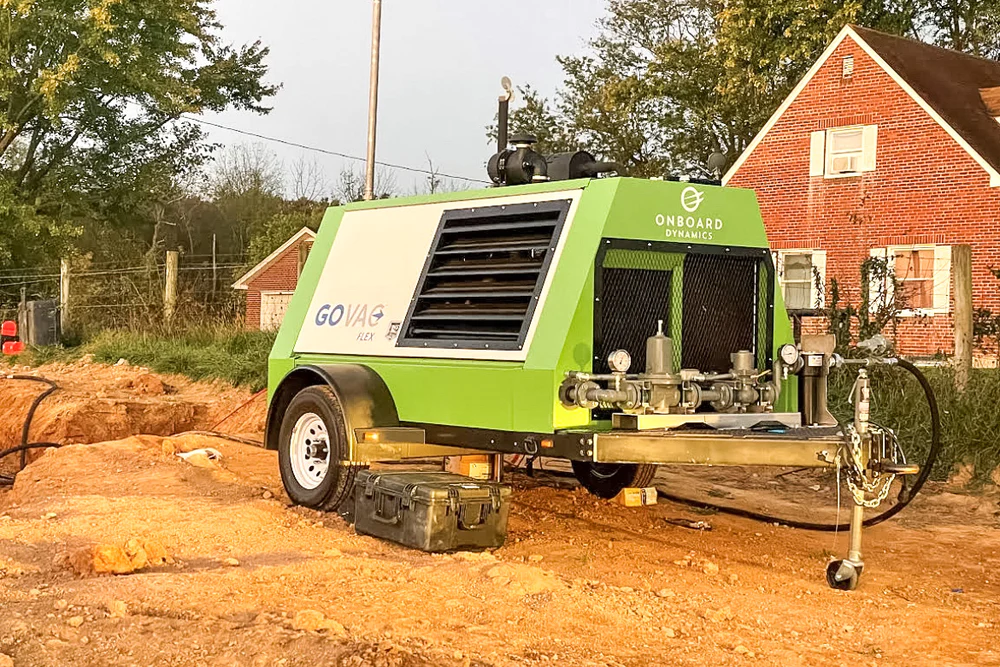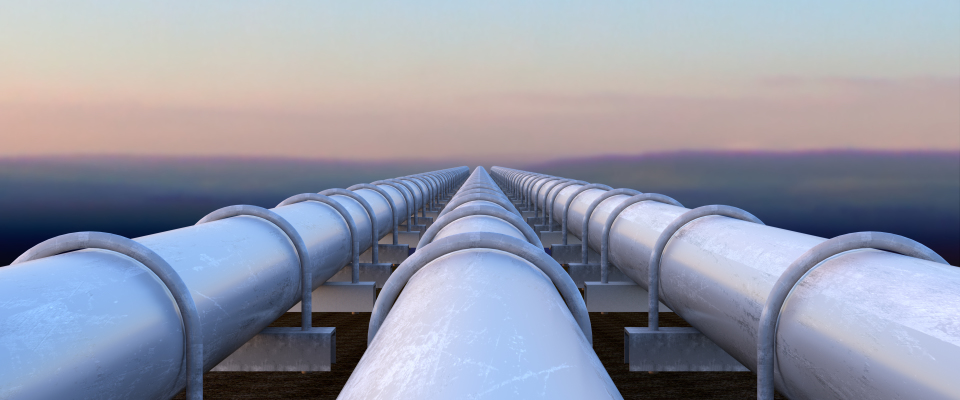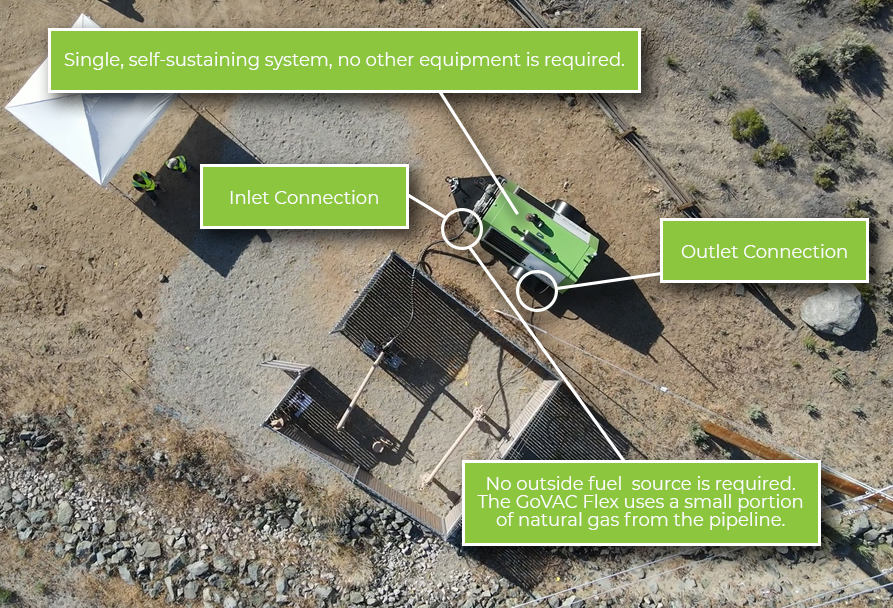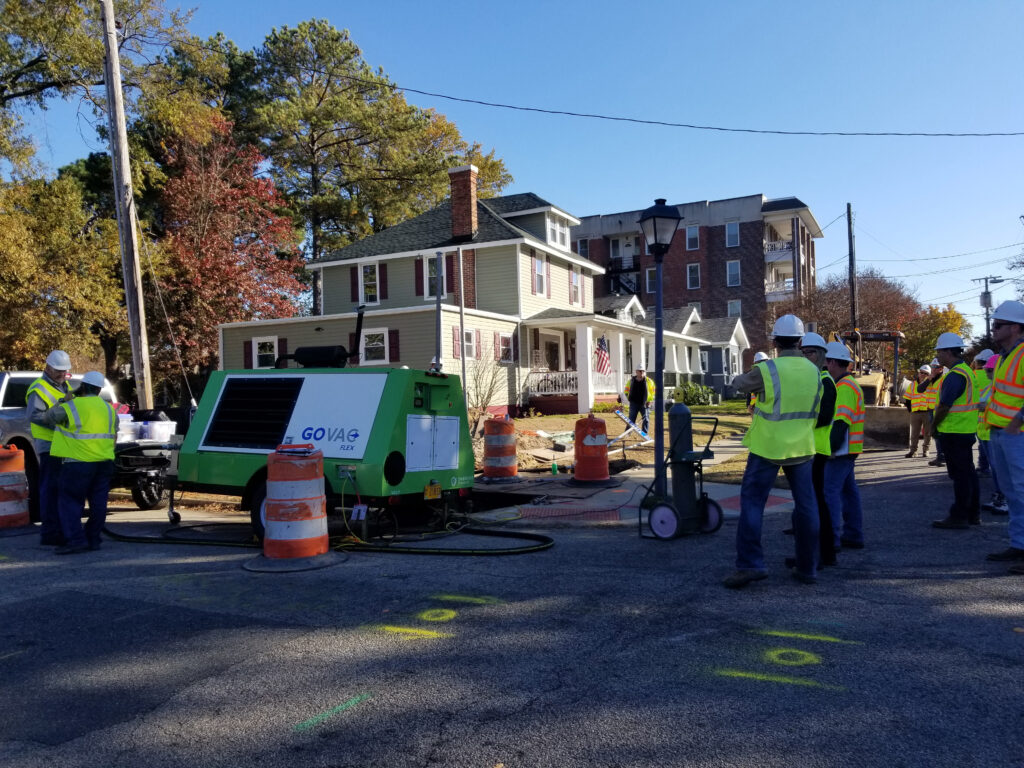Getting a spacecraft to Mars, we’ve done that. But getting home, especially with passengers onboard? Those who study such a mission have concluded that it is not feasible to carry enough fuel (along with cargo) to make the return trip possible. And a one-way ticket is not likely to provoke enough commercial interest. The only solution seems to be to manufacture a very energy-dense fuel and oxidizer (oxygen) on Mars itself. Fortunately, Mars has CO2 and water. Using solar and/or nuclear energy and Martian water, both hydrogen and oxygen (required for the rocket, but also personally useful) can be produced on-site via electrolysis. The hydrogen could then be combined with Martian CO2 to produce methane, which is an ideal fuel for the return trip. An excellent description of this whole system as envisioned for the SpaceX Starship, including why methane is the best fuel even for the outbound trip to Mars, is found here.

(Red Huber / Associated Press)
If it is attractive to make methane on Mars from zero-carbon energy because it is so energy-dense, might we use methane in this manner to carry and store energy in a future, net-zero energy system on Earth? Many researchers feel that methane constructed from atmospheric CO2 and water, so-called e-methane, could, for a variety of reasons, boost our transition to net zero. Let’s take a closer look at e-methane, sometimes also called synthetic methane.
We usually think of methane as a source of energy because it is a major component of natural gas, in which form it supplies about one third of our nation’s energy. But in our evolving “net zero” energy system, methane is likely to play an equally important role as a carrier and storehouse of renewable, non-fossil and nuclear energy. As an energy carrier, e-methane is like electricity in that it is a way to move energy from one location and source to another location and use. An obvious difference between the two ways to move energy is that electricity is carried in conductive wires while methane is carried in pipes.

As an energy storehouse, e-methane is unique because it does not require costly and inefficient conversion to/from another form as does electricity when stored in batteries (electrical to chemical for storage, then chemical to electrical for use). We’ll discuss this storage role and associated technologies in a future article. Here, we will focus on carbon-neutral and carbon-negative ways to produce e-methane.
If methane did not occur “naturally” (e.g., “natural” gas), its invention would likely be heralded as one of the greatest of all time. Why is this? Because methane is an extremely effective and flexible way to “carry” energy from one location and source to another location and use.
We all know that electricity can be made from a variety of energy sources (coal, nuclear, solar, wind, etc.), at a variety of costs and environmental impacts. We are generally less familiar with the alternatives for producing methane, other than from its most familiar source, natural gas.
Why use methane to carry energy
Let’s start with looking at why one would want to use methane to “carry” energy that originates from a non-natural gas source.
- There is already an extensive pipeline infrastructure in place to move methane long distances. It is a key national asset, like our highway system and electrical grid.
- This in-place pipeline infrastructure currently distributes methane to millions of end-uses.
- Pipeline movement of methane is uniquely energy efficient and safe.
- Because the gas pipeline infrastructure is essentially all underground, it is highly immune to damage by natural disasters , providing an essential resiliency to our energy system.
- The underground gas pipeline system imposes minimal visual impacts on the communities it serves.
- Methane in pipelines provides an inherent storage capability to accommodate fluctuations in energy supply and demand. In contrast, electricity must be generated precisely when it is demanded to avoid instabilities in the grid.
Of course, gaining these benefits from a methane transmission/distribution system requires associated diligence. Pipelines can release methane, a known greenhouse gas, if damaged by accident or poor maintenance. But this risk is like that created in our other, primary energy transmission/distribution system, the electrical grid, which can cause fires if lines are downed by accident, poor maintenance, or natural disasters. It is unlikely we can have the benefits of reliable, abundant energy without assuming some level of risk and responsibility.
Molecules vs electrons in distributing energy
The above considerations suggest that there are advantages in distributing energy in the form of molecules (e.g., methane), instead of considering only electrons (electricity). But before considering how we can produce a molecular energy carrier we need to understand that methane is not the only molecule that can carry zero-carbon energy. The hydrogen molecule, H2, is another way to bundle zero carbon energy from, for example, solar or wind energy, to transport from one location and source to another location and use. A typical model of such a scenario is shown below where renewable energy is converted to electricity, which is used in an electrolyzer to produce hydrogen from water. This molecular hydrogen can then be moved in gaseous form via pipeline or high pressure tank or liquified via refrigeration for transport by ship or truck. At an end use, the hydrogen could be used to produce electricity via a fuel cell, burned to produce heat or fuel a truck or plane, or in a variety of chemical processes to produce any number of other materials and chemicals, including e-methane.

Producing e-methane from hydrogen can be done by methanation (also referred to as the Sabatier reaction), an established industrial process that reacts hydrogen with CO2 as follows:

The CO2 could be from any source, but in a clean energy cycle, it would be removed from the atmosphere or a flue gas. By sourcing the required CO2 in such manner, the produced e-methane could simply be burned at the end use in the same type of combustion appliances as traditional natural gas burning equipment (with slight modifications to reflect different thermodynamic properties). This hydrogen production/use scenario results in a net-zero energy cycle. If the CO2 were captured at the end use (using, for example, an established process such as an amine wash or any of a variety of new ones under development), the overall process would be carbon-negative. In this scenario, we are essentially using a single carbon atom to “carry” four hydrogen atoms. At the end use, the four hydrogen atoms are combined (i.e., burned) with oxygen to produce water and the same amount of CO2 that was captured in the initial methanation step…. a carbon neutral energy process.
Several Reasons to Use E-methane as a Hydrogen Carrier
- E-methane is completely compatible with existing natural gas transportation infrastructure and uses. This includes both LNG and CNG production and uses.
- In a transition scenario, e-methane can be mixed with natural gas in any ratio, while it is generally accepted that pure hydrogen can only be mixed with natural gas up to about 20%.
- Methane is liquified at a warmer temperature (-162oC) than hydrogen (-253oC), therefore requiring less energy. This greatly reduces the cost of e-methane liquification and transport compared to liquifying hydrogen.
- E-methane actually contains more energy by volume than either compressed or liquified hydrogen itself, again improving economics in many uses.
A Belgian company, Tree Energy Solutions, has proposed a complete energy production and transport system to enable Germany to replace Russian natural gas with e-methane produced by solar energy from sunny regions of the world… essentially carrying sunlight to Germany 24/7/365 via e-methane. The e-methane component allows this supply system to grow and merge in parallel with existing and near-term LNG transport and natural gas distribution infrastructure. Over time, the percentage of e-methane would be increased to result in the evolution of a zero-carbon, gaseous energy system.
A new energy architecture that not only helps preserve our current world but takes us to a new one: e-methane has a promising role. And just as we need a robust, reliable electrical grid to realize the distribution benefits of electricity, we need a robust, reliable methane pipeline network to realize the distribution and storage benefits that e-methane will provide us. And the good news is that it is already in place.
Could it be that yet another technology from our space program, just like solar photovoltaic cells and fuel cells, would be key to enabling our zero-carbon future?

Jeff is the Technical Advisor/Co-founder of Onboard Dynamics. He is an experienced entrepreneur, having founded or co-founded two companies in the energy and software industries before co-founding Onboard Dynamics.













